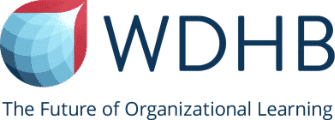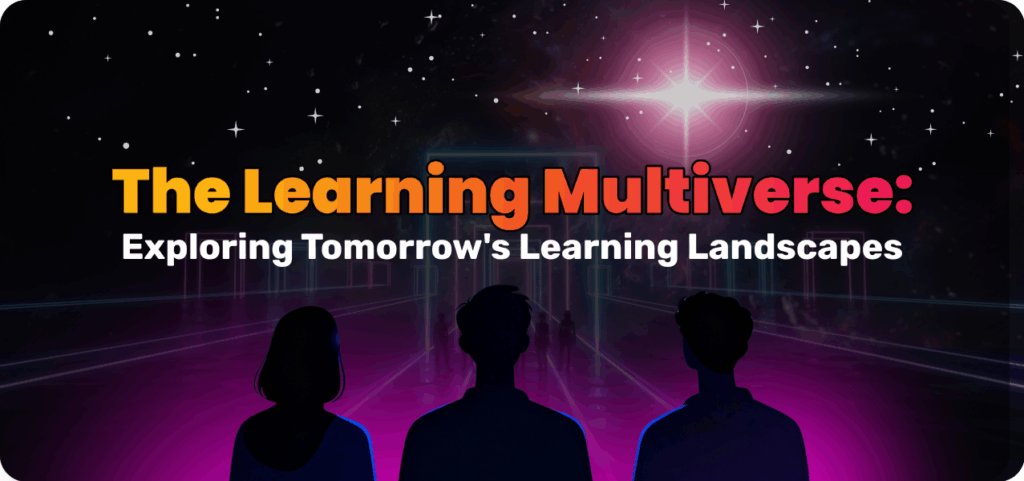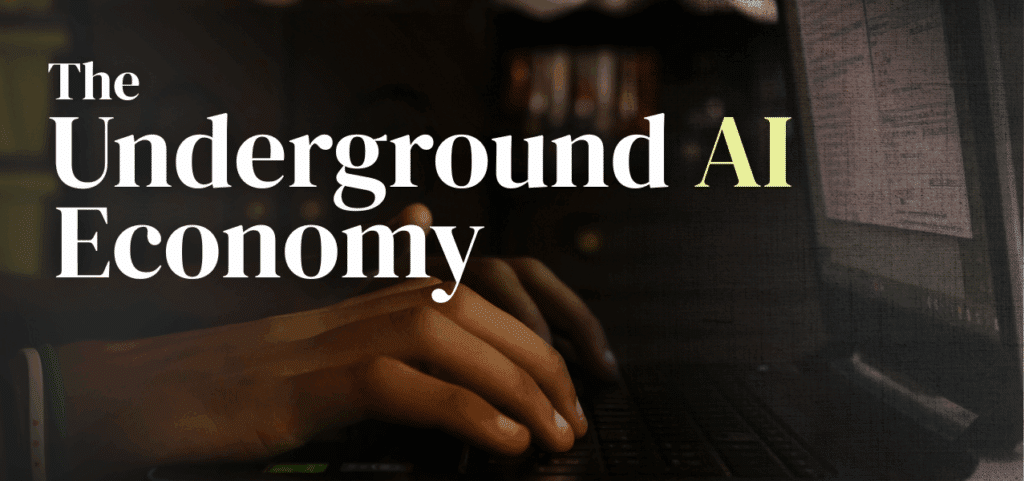Addressing the Need for Custom Learning Solutions

During an increased time of out-of-box thinking and need for rapid upskilling of employees, 21stcentury organizations are seeing the demand for personalized learning. One of the toughest challenges L&D leaders are faced with is including such attention to detail in the creation of these custom learning journeys.
With a passion for building communities between executives, entrepreneurs and experts on the global stage, we introduce you to Vincent Vasina, Head of Design at WDHB, as we explore ways L&D teams can ensure they are selecting sustainable leadership & learning solutions that address the unique needs of their organization.
1. In a world of ample technology and opportunities, why is it becoming increasingly vital to choose custom learning solutions?
Personalized learning solutions ensure the content is relevant for your leaders, teams and organization. A custom program offers improved employee experience and engagement, ultimately leading to better retention and impact. This pretty picture isn’t overly idealistic; it’s absolutely possible by incorporating design thinking into the co-creation process of a learning solution. Design thinking, a practical process in developing design concepts, ensures that we focus on the people that this solution is being created for and broadly considers the potential of different technologies to help us meet our desired outcomes.
Customer centricity is a mega-trend impacting many industries, and L&D is no exception. For learning solutions to be effective in today’s business context, they have to place the customer’s interest at the core of their business model. The resulting intrinsically customer-centric and fully personalized program offers a holistic learning experience that not only takes into account different learning styles, experiences and formats, but embraces them as a way to increase effectiveness. As a result, we are not only placing a priority on individual competencies through various learning formats, but we are giving learners the opportunity to take ownership of their development journey.
2. How can L&D teams be certain they are choosing a learning solution that is designed to meet their needs of today and tomorrow?
The only way L&D teams can truly be certain they are choosing the appropriate learning solution is for them to be included in the design process from the very beginning. What this co-creative approach guarantees is alignment and commitment to the effectiveness of the learning solution.
L&D teams should see solution providers as partners, and vice versa. This means that there must be a dynamic instructional design process that starts with both parties getting clarity on the strategic direction of the company. From there, the thematic foundation of the program and specific learning outcomes will be validated and continuously iterated (taking into account as much input as possible from both leadership and individual participants) to align program outcomes to the company’s strategic priorities.
It’s a fallacy to think that any external consultant understands your culture, challenges, leaders and needs better than you. What we bring is a methodology-a way of approaching and addressing challenges-but L&D teams need to articulate what those problems are and make sure that the program is designed from the start to address those problems. This is why L&D teams need to be included in the design process of their solution, to represent their organization’s interests and ensure that the program addresses their desired outcomes.
3. Where do you see the future of tailor-made learning journeys going and its impacton organizations?
Something we’ve been seeing at WDHB is an increasing number of requests from clients to design and implement broader-scale initiatives through immersive virtual learning journeys. These initiatives typically meet more than one need: cascading a strategic initiative, enhancing camaraderie and developing strategic plans. As virtual collaboration and facilitation tools continue to improve, organizations seem to be looking for ways to engage larger groups of employees without taking too much time away from their day-to-day work.
It is possible for these broader-format events to meet or even exceed these lofty goals, but L&D teams still need to emphasize to key stakeholders that any development program requires the commitment of everyone involved to make it successful. Virtual poses many benefits, especially reducing the challenges and costs of gathering global teams in one place. However, organizations shouldn’t take advantage of that convenience to dismiss the importance of designing a learning solution that effectively delivers the desired message and outcomes.
4. As Head of Design, what gets you most excited about the design process?
The thing that gets me most excited about the design process is the opportunity to explore something new, whether it’s an entire industry, business context or emerging trend! It energizes me just as much to hear about a start-up founder’s new battery prototype as it does to hear about how plastic bottles are manufactured. I think this passion for learning helps me to be amore effective instructional designer, as I hear about so many diverse insights and challenges and it’s my job to help connect the dots for our client partners. It’s truly rewarding to see our designs come to life and inspire clients to share our vision of “the world as a classroom full of learning opportunities”.
Personalization of learning solutions creates a long term ripple effect of establishing a culture of continuous learning. By seeking feedback, ensuring buy-in and finding a L&D partner who seeks collaboration throughout the design process, L&D teams have the power to deliver a recipe for a successful and lasting learning solution.
Does the idea of a customized learning solution for your organization align with your people strategy and vision? Connect with our team by visiting wdhb.com/contact, and let’s co-design a solution today!
Author
Subscribe to get Access to Exclusive Content





